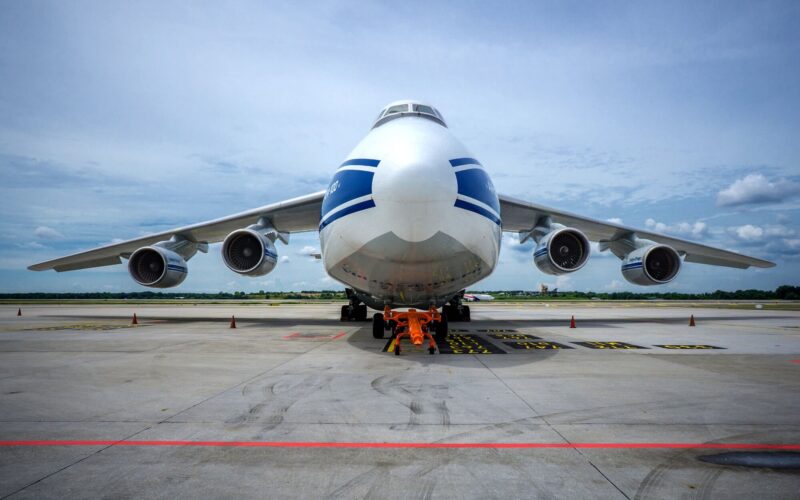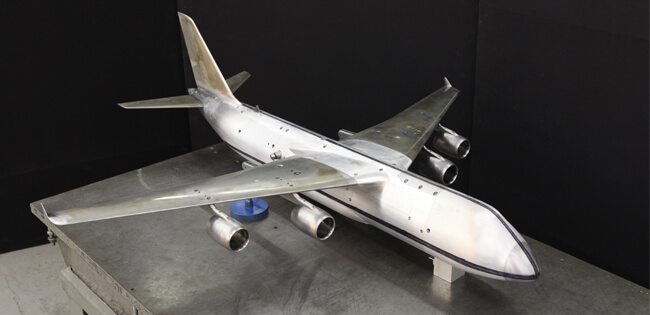The Central Aerohydrodynamic Institute of Russia (TsAGI) announced that it is continuing to work on the design of the new heavy transport aircraft ‘Elephant’. The aircraft could become the successor to the Antonov An-124 four-engine cargo plane.
According to a statement released on July 7, 2022, a group of researchers has modified the design and general configuration of the newly proposed aircraft, particularly the fuselage cross-section, in order to increase capacity for transporting bulky cargo. If the project succeeds, the new freighter will feature a maximum cargo load of 180 tons.
The Russian researchers examined several options for winglets fitted near the trailing edge in order to identify the best option. The experts also made some adjustments to the aircraft’s wingtips to “ensure high aerodynamic quality” in-flight. Now the maximum length of the improved aircraft model reaches around 2 meters (more than 6 feet) with its wingspan reaching 1.8 meters (more than 5 feet).
TsAGI
“Particular attention is paid to removable wingtips of various configurations. By comparing their impact on the lift-to-drag ratio during testing, experts will be able to choose the best option,” the TsAGI wrote in its statement.
Developers have also improved the profile of engine pylons and nacelle, making the plane suitable for new Russian turbofan engines PD-35.
“The project is dedicated to the research of technologies to develop a promising transport aircraft in order to replace the An-124 Ruslan heavy long-range transport aircraft. This aircraft will be designed to transport heavy and bulky cargo over a distance of about 7,000 kilometers [4,349 miles] at a speed of 850 kph [528.13 mph],” the institute explained, adding that the aircraft has already performed two cycles of aircraft testing aimed at studying the aerodynamics of an aircraft at different flight speeds.
Testing of the new plane design is scheduled to be completed in a wind tunnel by the end of 2022.


